-

Terms Used in Research
COMMON TERMS USED IN RESEARCH Abstract: A concise summary of a study that communicates theessential information about the study. Assumption: A statement based on logic or reason whose correctnessor validity is taken for granted. Data: Units of information. Descriptive research: Non experimental research designed to discover new meanings and to provide new knowledge when there…
-
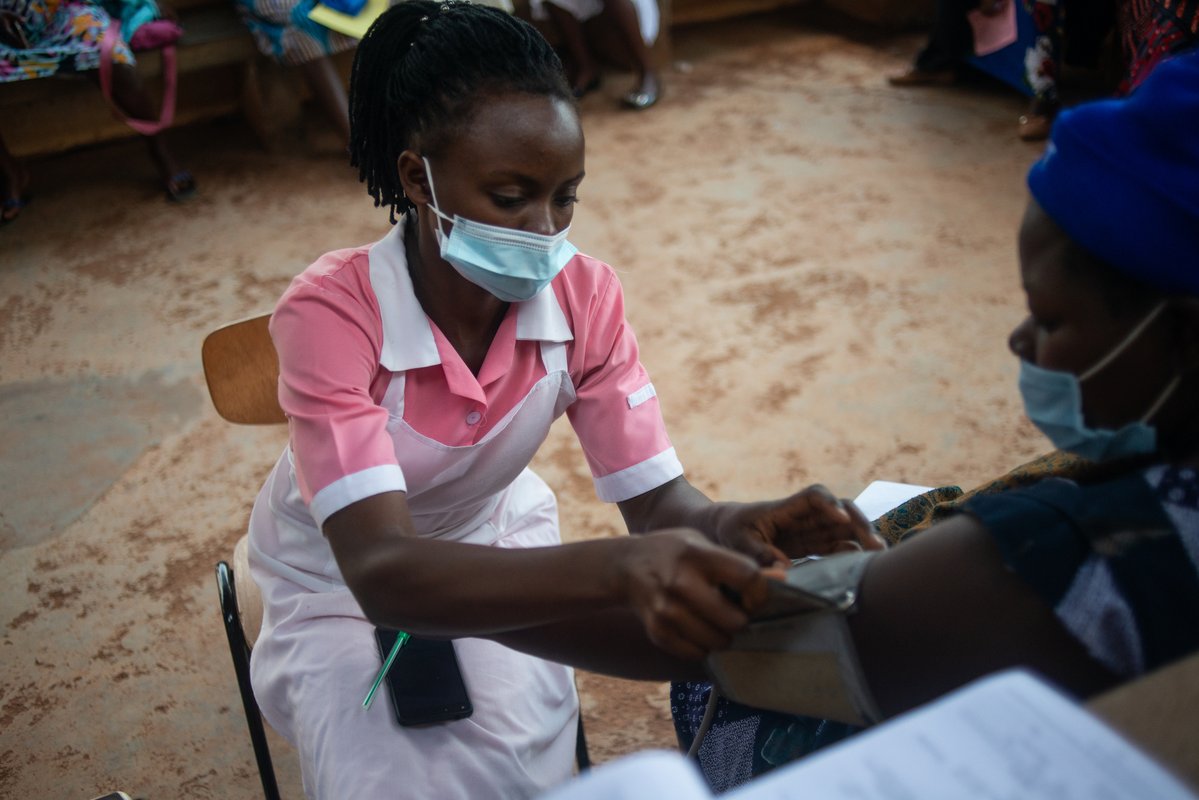
PRIMARY HEALTH CARE (PHC)
PRIMARY HEALTH CARE (PHC) PRIMARY HEALTH CARE (PHC) INTRODUCTION BACK GROUND AND FACTS ON PHC In 1978 world leaders, international organizations and health authorities (WHO & UNICEF gathered in Alma-Ata (Almaty), Kazakhstan, and released the Declaration of Alma-Ata on Primary Health Care, which remains a landmark document in the history of global health. This was to get way…
-

TEACHING-LEARNING PROCESS
Teaching – Learning Process Teaching – Learning Process Learning Outcomes. By the end of this session, learning will be able to;1. Define teaching and learning2. State elements that make up a teaching -learning process3. List the phases involved in teaching process4. Outline the tasks of the teacher5. State the phases of learning6. Explain factors influencing…
-

Proptosis / Exophthalmos
Proptosis Proptosis of the eye, also known as exophthalmos, is a condition where one or both eyes bulge or protrude from their normal position in the eye sockets. It can be caused by various factors affecting the structures around the eyes. Causes and Risk Factors: Thyroid Eye Disease: One of the common causes of proptosis…
-
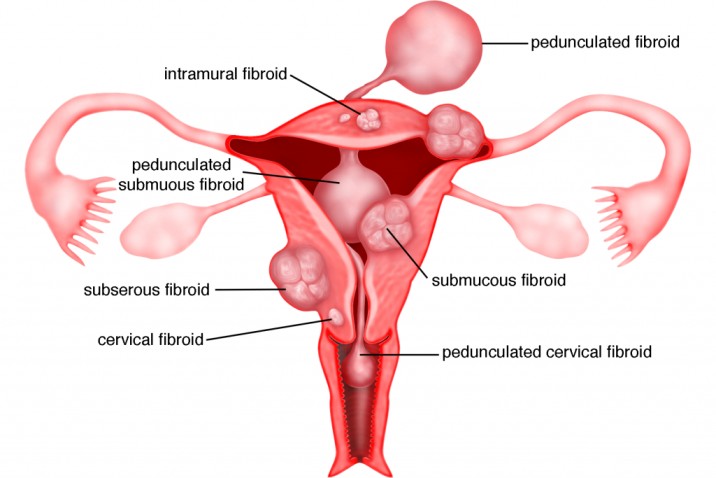
FIBROIDS (FIBROMYOMAS)
FIBROIDS (FIBROMYOMAS) Fibroids are benign / non-cancerous tumors that originates from thesmooth muscle layer (myometrium) of the uterus.Fibroids are benign tumors arising from the smooth muscle of the uterus. Other common names are :uterine leiomyoma, myoma, fibromyoma,fibroleiomyoma. They occur usually after the age of 30 years and commonly in women who have not had children.…
-
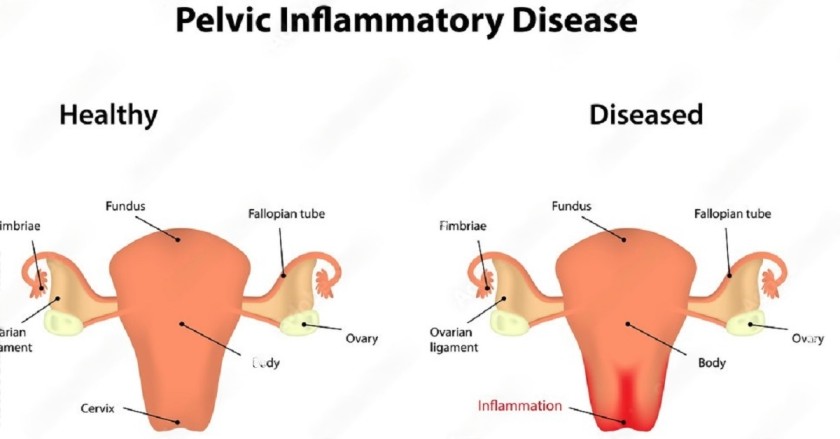
PELVIC INFLAMMATORY DISEASES (PID)
Pelvic Inflammatory Diseases (PID) Pelvic inflammatory disease (PID) refers to various inflammatory conditions affecting the upper genital tract in females. Pelvic Inflammatory Diseases (PID) refer to infections that affect the pelvic organs, pelvic peritoneum, and the pelvic vascular system. Pelvic inflammatory diseases are diseases of the upper genital tract. It is a spectrum of infection…
-
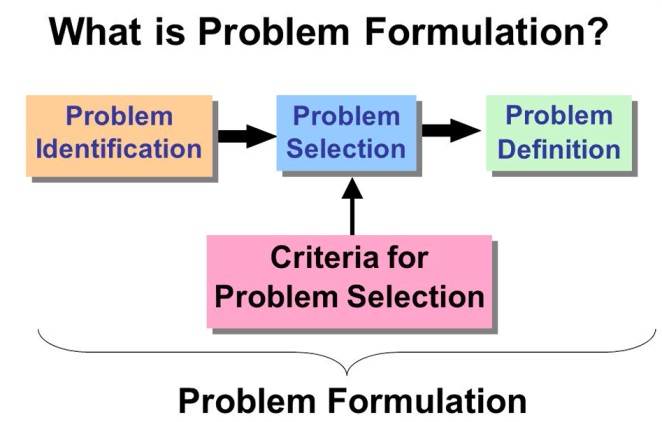
Formulation of research topics
Formulation of research topics Introduction Very often, people may want to have a research topic before formatting a research problem. Yet by the time of thinking how the topic should be, there are issues that a researcher feels needs attention to be addressed through research. This means a problem should be at hand in order to…
-
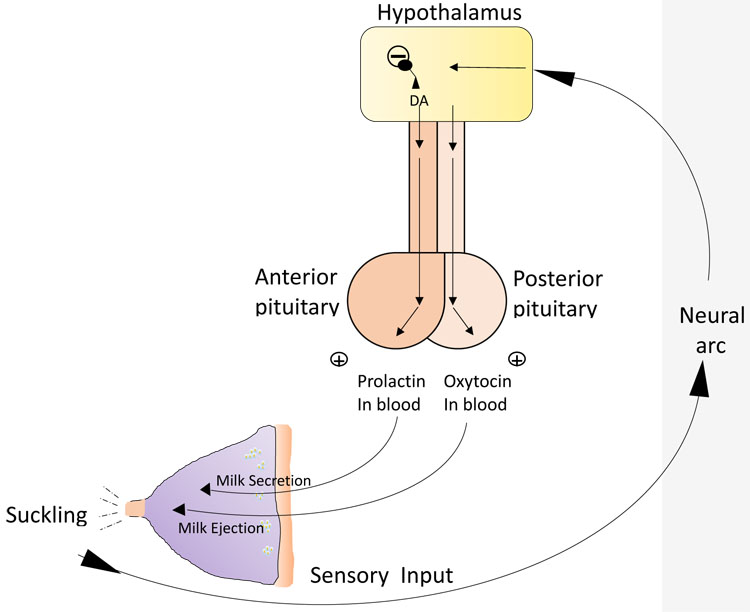
PHYSIOLOGY OF PUERPERIUM
Physiology of Puerperium The term \”involution\” is used to refer to the regressive changes taking place in all of the organs and structures of the reproductive tract. During this stage, a number of physiological changes take place. The reproductive organs return to the non-gravid state lactation is established, and all other physiological changes that occurred…
-

Normal Puerperium
Normal Puerperium Puerperium, also known as the postpartum period, is the time following childbirth or abortion, commencing after the expulsion of the placenta and membranes, and typically lasting for about 6 to 8 weeks. During this phase, the body\’s tissues, especially the pelvic organs, undergo a process of returning approximately to their pre-pregnant state, both…
-

Examination of THE placenta
Examination of the Placenta: Aims of Placenta Examination: To determine the completeness of the placenta and the membranes. To detect any abnormalities. Requirements: Top shelf: Clean gloves. Measuring jar. Placenta in a receiver. Bottom shelf: Weighing scale. 3 buckets. Apron. At the side: Gum boots. Hand washing equipment. A flat work surface. Method/Procedure of Placenta…
